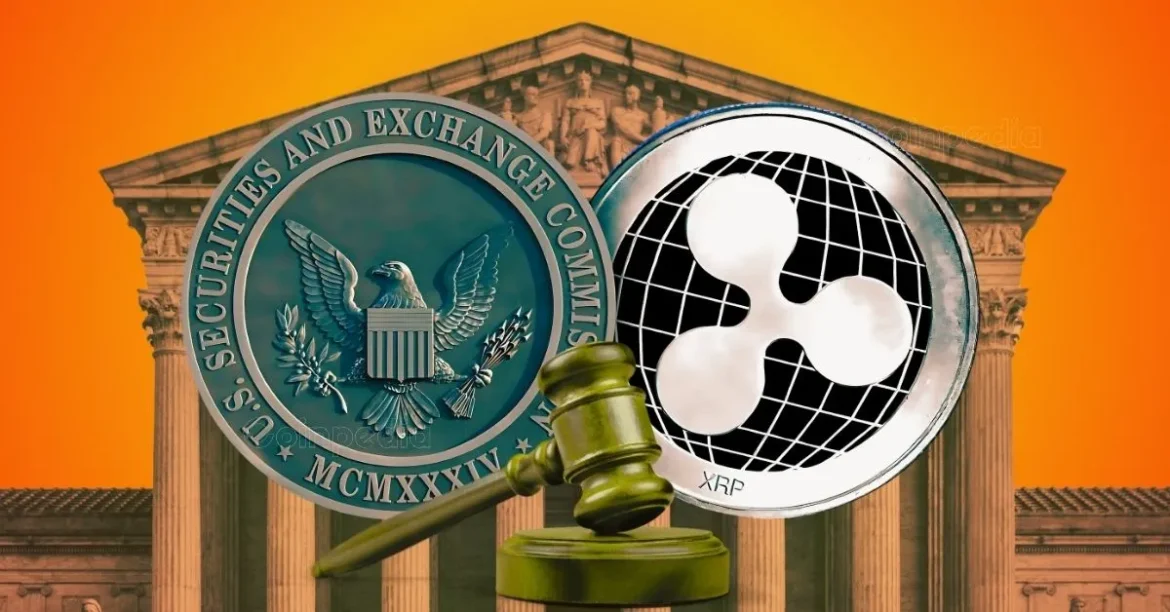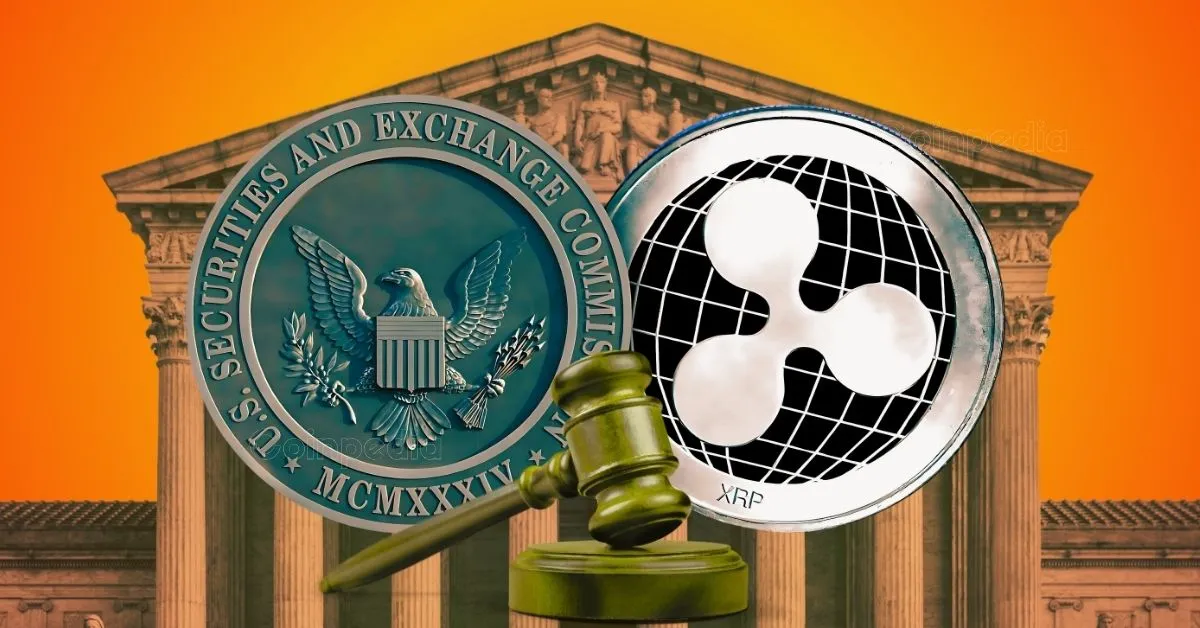The ongoing legal battle between Ripple Labs and the U.S. Securities and Exchange Commission (SEC) has been a defining saga in the cryptocurrency world, with far-reaching implications for the future of digital asset regulation. The case, which began in late 2020, centers on whether Ripple’s XRP token constitutes an unregistered security offering. The latest twist in this high-stakes drama came in May 2025, when District Judge Analisa Torres rejected a proposed $50 million settlement between Ripple and the SEC, citing procedural improprieties. This decision has sent shockwaves through the crypto industry, raising questions about the future of XRP, the SEC’s regulatory approach, and the broader landscape of digital asset compliance.
The Background: Ripple vs. SEC
The Case That Shaped Crypto Regulation
The SEC’s lawsuit against Ripple Labs accused the company of raising $1.3 billion through unregistered securities offerings, primarily through sales of XRP to institutional investors. The crux of the case hinged on whether XRP should be classified as a security under U.S. law. Judge Analisa Torres’ 2023 ruling provided a nuanced decision: while XRP sales to retail investors via crypto exchanges did not constitute securities offerings, institutional sales did violate securities laws. This partial victory for both sides set the stage for further legal maneuvering and eventual settlement negotiations.
Settlement Attempts and Twists
After years of litigation, Ripple and the SEC signaled in 2025 that they were ready to resolve the case. The initial proposal included a $125 million penalty and an injunction against certain XRP activities. However, both parties later agreed to a reduced $50 million fine, the immediate lifting of XRP sales restrictions, and the return of $75 million in escrowed funds to Ripple. This proposal was seen as a fair and efficient resolution, but Judge Torres’ rejection of the joint motion derailed these expectations. The judge found the motion procedurally improper, lacking the necessary rigor and public interest justification required for judicial approval.
Why Did Judge Torres Block the $50 Million Settlement?
The “Procedurally Improper” Ruling
Judge Torres’ decision did not address the merits of the $50 million settlement but rather focused on the procedural shortcomings of the joint motion. The court emphasized the need for transparency and adherence to established legal requirements for settlements. This procedural pushback is not uncommon in high-stakes litigation, particularly when regulatory agencies seek to set industry precedent. By slowing the process, Judge Torres ensured that the parties would refile with fuller documentation and present a more compelling case for judicial approval.
Public Interest and Regulatory Signals
Underlying the judge’s decision is a broader concern about the implications of rushing a settlement that could define the scope of U.S. securities law for crypto assets. The court’s hesitation reflects a need for careful consideration of how such settlements might impact the rapidly evolving crypto world. The rejection of the settlement highlights the importance of ensuring that regulatory actions are transparent, well-documented, and in the public interest.
The Fallout: XRP Markets and Industry Reaction
Immediate Market Response
The news of Judge Torres’ rejection sent XRP’s price tumbling by roughly 4% in 24 hours, with the token trading around $2.13. This market reaction underscores the heightened anxiety among investors about regulatory risks and the uncertain timeline for a final resolution. The drop in market capitalization and the flurry of speculation on social media platforms reflect the broader concerns about the future of XRP and the crypto industry as a whole.
Industry Sentiment and Legal Analysis
Legal experts have closely analyzed Judge Torres’ ruling and the motions filed by both parties. Some view the rejection as a minor setback—a call for procedural tidiness rather than a substantive rebuke of the settlement terms. Others argue that the delay exposes vulnerabilities in Ripple’s strategy, forcing greater scrutiny on past and ongoing XRP sales and Ripple’s disclosures. The crypto industry is watching closely to see how this case might set a precedent for future token offerings and regulatory compliance.
What’s Next? The Path Forward for Ripple and the SEC
The Refiling Playbook: Rule 60 and Beyond
Both Ripple and the SEC must now refile their joint motion under Federal Rule of Civil Procedure 60, which governs relief from judgment or orders. This refiling requires detailed admissions, clear frameworks for compliance, and arguments for why the proposed settlement serves the public interest. Expect more legal back-and-forth and possible public comment periods as both parties work to satisfy the court’s requirements.
The Timeline: Looking Toward August and After
The SEC is expected to submit a status report by August 15, 2025, which may determine the pace and tone of the case’s endgame. If Judge Torres is satisfied with the revised motion and supporting evidence, she is likely to approve the settlement and lift the remaining restrictions on Ripple and XRP sales. If not, the legal standoff could drag on, impacting Ripple’s operations and investor confidence well into 2026.
Potential for Broader Precedent
The Ripple case sits at the crossroads of legal clarity and regulatory flexibility. If the $50 million settlement is ultimately approved, it could set a template for the SEC’s approach to enforcement against other crypto issuers. This framework would involve retroactive penalties, public interest assessments, and explicit separation between retail and institutional market standards. However, if the process collapses or leads to a more punitive remedy, the result could be chilling for new token projects, incentivizing companies to avoid U.S. markets or seek more creative compliance strategies.
Internal and External Pressures
Ripple’s Strategy, SEC’s Reputation
For Ripple, finalizing the case is about more than just financial penalties. The company’s reputation, partnerships, and product roadmap all hang in the balance. The prolonged legal drama has already spooked some institutional partners and delayed expansion efforts. For the SEC, particularly under new leadership, the outcome will serve as a barometer for public—and Congressional—support for their crypto policy. The commission must tread carefully to avoid appearing too soft or too aggressive, balancing enforcement credibility with regulatory flexibility.
Conclusion: A Cautionary Tale and an Inflection Point
Judge Torres’ refusal to rubber-stamp the $50 million settlement in the Ripple case highlights the complexity and contested nature of crypto regulation in the United States. What might have been the final chapter in a hard-fought legal odyssey has instead turned into an inflection point for the industry. The next few months will test Ripple’s legal acumen and resilience, the SEC’s appetite for shaping crypto’s evolution, and the market’s capacity to price in regulatory risk. Amid procedural wrangling, shifting public sentiment, and high financial stakes, the verdict will echo far beyond XRP’s price chart. The outcome may well shape not just the fate of Ripple, but the rules by which all future digital assets must play.





